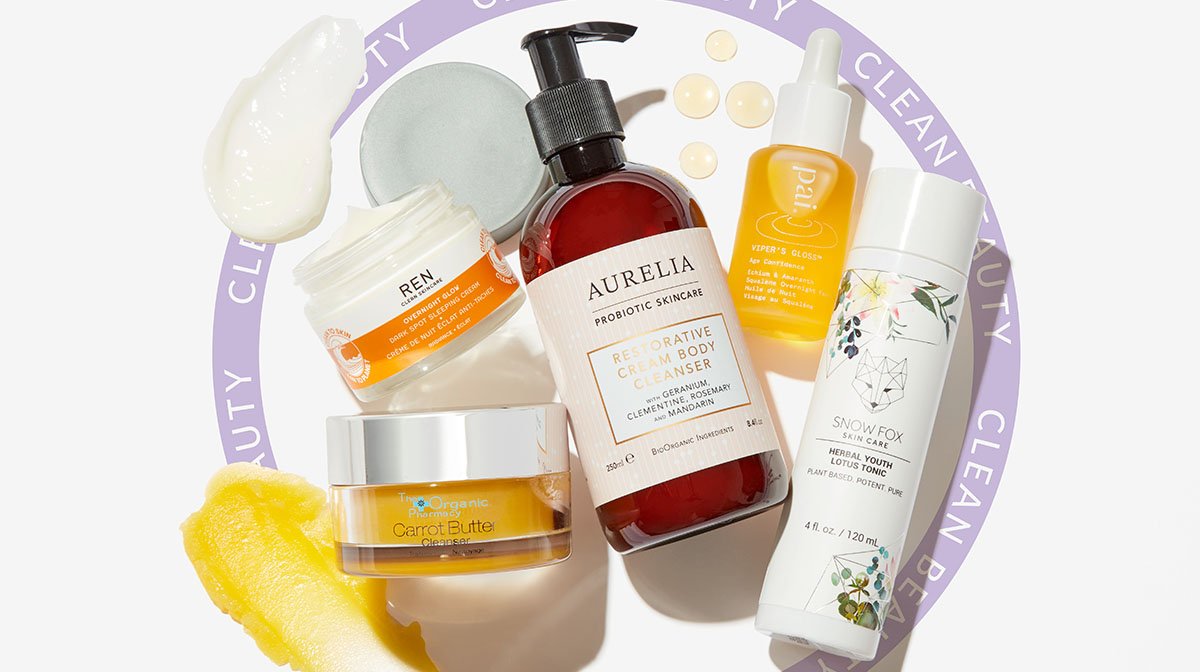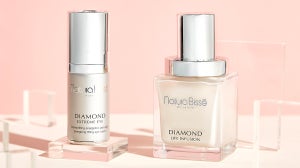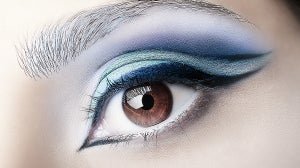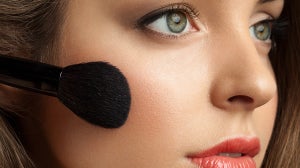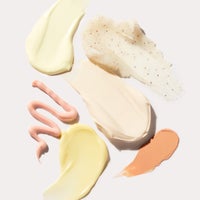
With the launch of our clean beauty category, we asked our estheticians about the most common clean beauty terms, phrases, and what they mean when navigating the clean beauty industry.
Clean
The majority consensus is that 'clean' means products that are free of known or suspected toxins1. Keep your eyes peeled for products listed as clean if you prefer to reduce your exposure to known or suspected toxins when possible. Some ingredients to be mindful of when checking your product labels are:
Parabens Fragrances Aluminum CompoundsEthoxylated Agents Formaldehyde Refined Petroleum Hydroquinone Talc Triclosan Silica Oxybenzone
For the full list of ingredients that are excluded from being featured in our clean beauty category, check out our page here!
Cruelty-Free
Cruelty-free is the term used for products that are not tested on animals1, and don’t involve animal testing at any point in the production process. Cruelty-free products can be (but aren’t always) vegan.
Some animal rights advocates argue that a product can’t be cruelty-free without being vegan and vice versa. If you see a Leaping Bunny icon on a product’s label — this verifies that a company and their various suppliers do not test on animals.
Cruelty-free generally speaks to the process by which a product is created, while vegan refers to product ingredients.
Vegan
Speaking of vegan, a product is considered vegan if it does not contain any animal-derived ingredients (PETA has a handy list of what those are3). But that has nothing to do with whether a product or ingredient is tested on animals. Just because something passes the test for vegan doesn’t mean it’s cruelty-free, and vice versa.
GMO-free or non-GMO
GMO-free or non-GMOmeans that the products are made with ingredients that have not been genetically modified3. Plant-derived (botanical) ingredients were among the very first cosmetics. Today, Genetically Modified Organisms have been developed to assist in the production of cosmetic ingredients for modern demand. For example, canola has been modified to produce high levels of lauric acid, a key ingredient in soaps and detergents, at a reduced cost to consumers. You might prefer to steer clear of genetically modified organisms, so double-check if your products list GMO as an ingredient or state that the ingredient isn't present.
Green
Is clean green? Or is green clean? Green products mean that the product was made in an environmentally friendly way. This might include using ingredients that won’t pollute the ecosystem when disposed of, using recycled materials to make packaging, or powering a company’s factory with solar.
Shop the clean beauty category hereat SkinStore!
Sources:
- https://www.health.harvard.edu/blog/clean-cosmetics-the-science-behind-the-trend-2019030416066
- https://www.peta.org/living/food/animal-ingredients-list/
- https://cosmeticsinfo.org/genetically-modified-organisms-gmos

